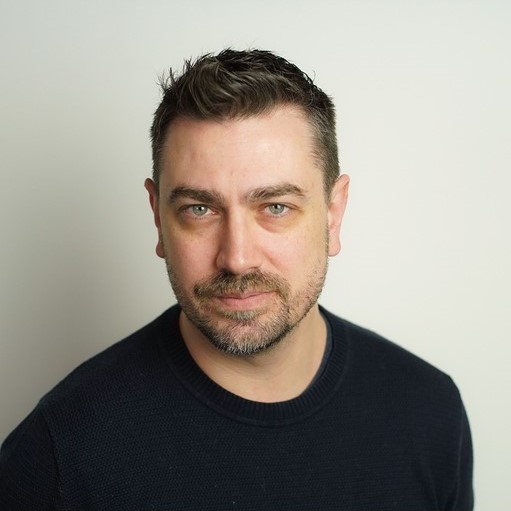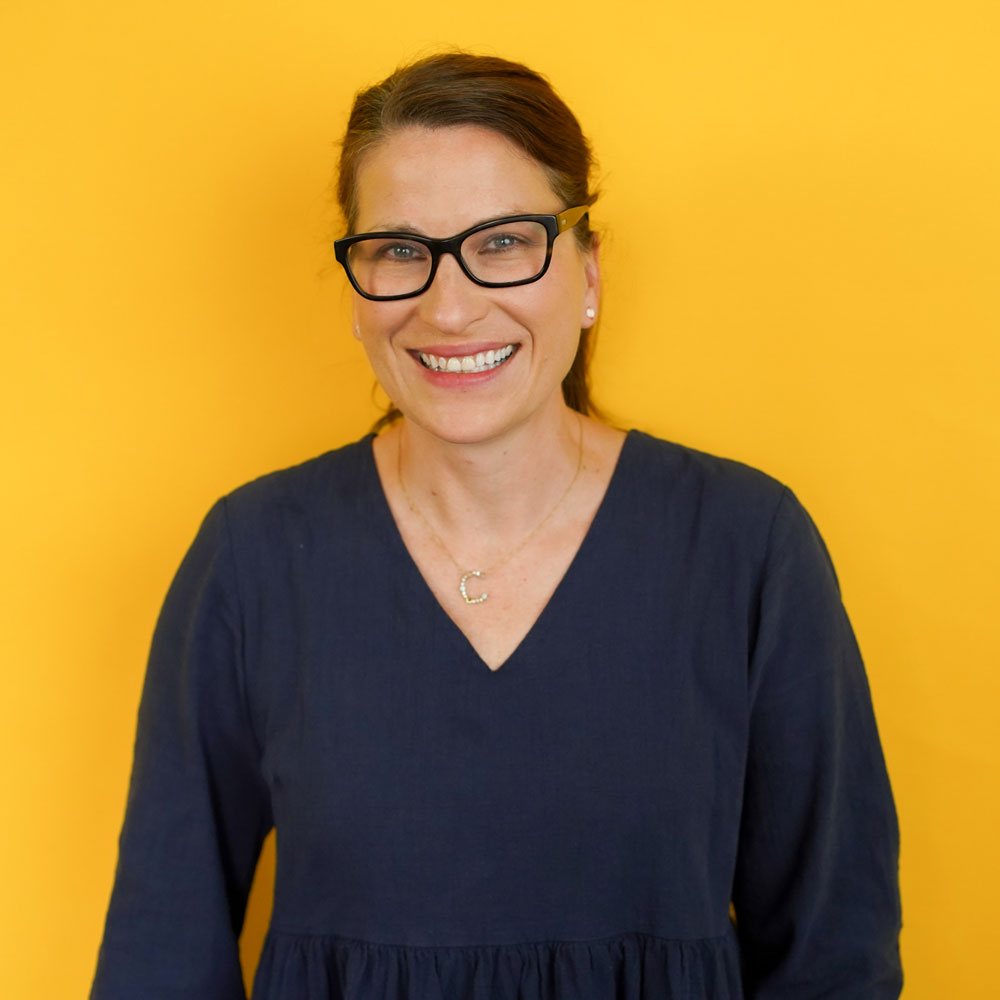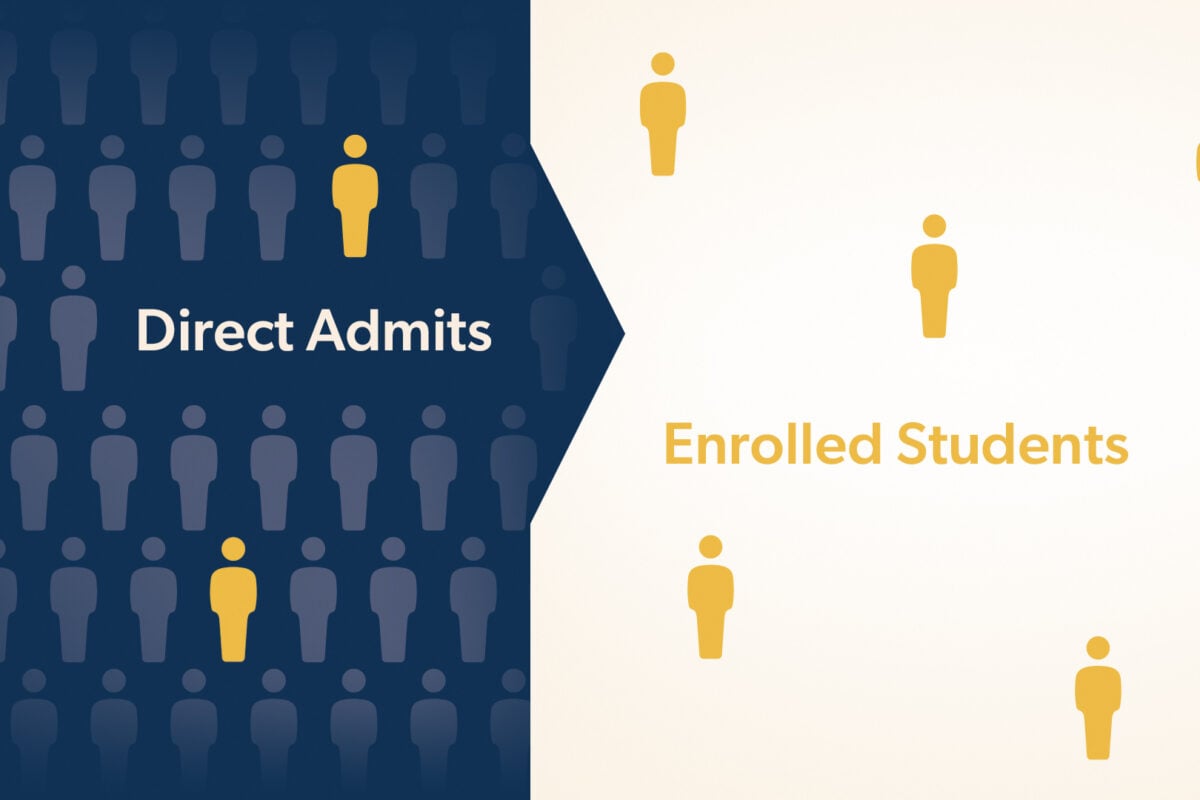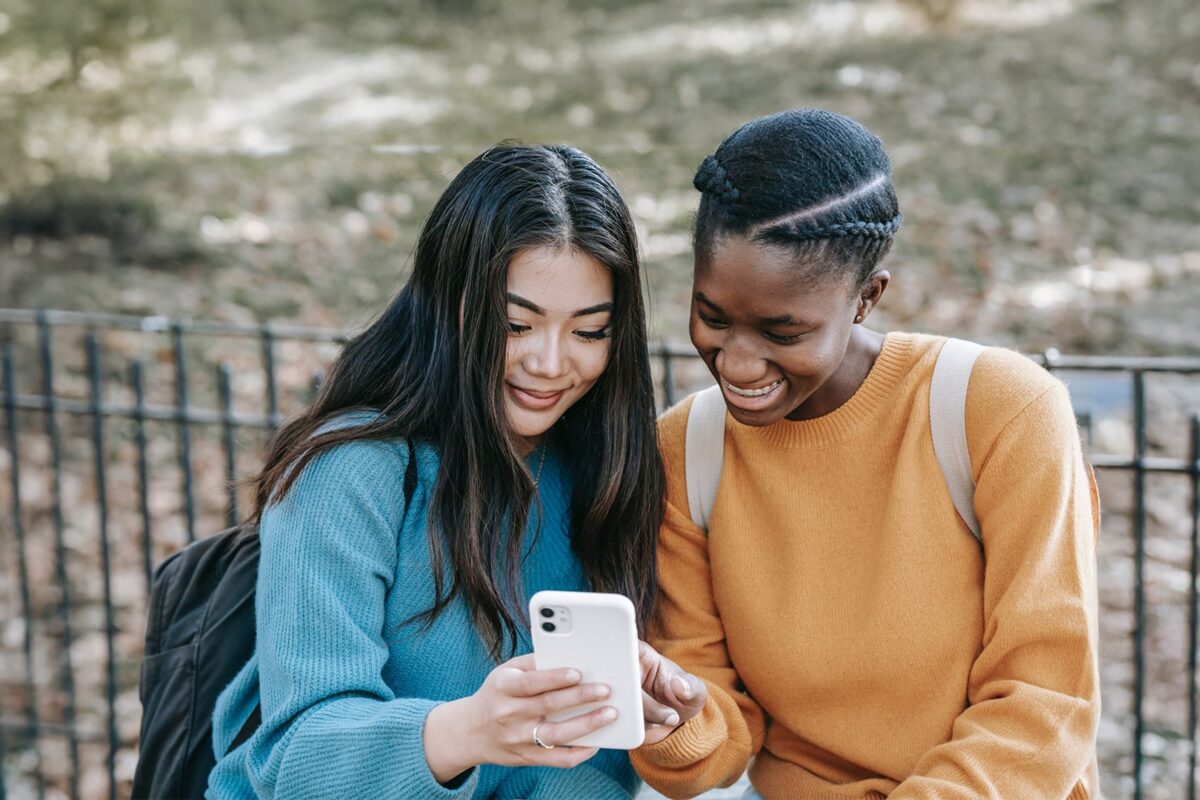TikTok continues to be the number one app of choice for teens, outpacing YouTube first in 2020 with kids spending around 85 minutes a day there, confirming video and motion content as the format resonating most with this audience. What’s the best way for institutions to create dynamic content that drives paid media efforts and builds cohesive brand experiences? Rob Wood, associate creative director, video and Angela Wenner, senior account manager, chat about best content strategies for the best results.
There is no denying the power of video, especially its power on teens – it’s visual, emotional, interactive, and it’s the content that resonates most with this demographic. But what makes a video dynamic and how can it best align with your paid media efforts?
Show Notes
An associate creative director, video hailing from Austin and NYC and a higher ed paid media account manager representing colleges and universities across the country explore how to align video with a range of paid media campaigns. Different goals require different approaches, and assets make all the difference.
This episode addresses:
- What content is working best right now
- When video drives most campaign results
- Key things to consider when capturing content
- Different strategies for different audiences
- Getting the most out of productions/partnerships
Learn More About Our Paid Media Capabilities
Transcript
Cathy Donovan [00:00:00]
Hello and welcome to the Innovating Enrollment Success Podcast, where we talk about the trends and tactics making an impact on engaging all kinds of students to all kinds of institutions.
There is no denying the power of video, especially its influence on teens. Video is visual, emotional, interactive, and it’s the content that resonates most with this demographic. But what makes a video dynamic and how can it best align with your paid media efforts?
I’m Cathy Donovan, Agency Marketing Director at Paskill, a higher education enrollment marketing firm that understands paid campaigns need to deliver results, and video is often key to that strategy. Today, I’m pleased to have the in-person company of two higher ed marketing professionals, one who manages multiple paid media accounts for institutions nationwide, and another who creates compelling video that tells stories and drives leads.
In less than a half hour, we’re going to explore when video works best, what elements are needed most and how video can best align with your paid campaigns. As associate creative director of video Rob Wood provides creative direction, film direction and leadership for higher education and corporate clients.
A former freelance writer/director in Austin, Texas, and story producer for GMD Studios in New York City, Rob also has experience with several film projects that focus on campus stories, amplify education, and has helped others craft their stories using mobile technology for documentary videos.
Angela Wenner is a senior account manager responsible for various paid media accounts with a range of colleges and universities from the East Coast to the West Coast. She has 20 years of agency experience and holds a degree in graphic design from Rochester Institute of Technology. Recently, she wrote the blog, “Strong Agency Partnerships Start With Meaningful Account Management.”
Welcome, Angela and Rob.
Rob Wood: Thank you for having us.
Angela Wenner: Thanks, Cathy.
Cathy Donovan: Okay, so Rob video has never been more in demand. What kind of content is working best right now and why do you think that is?
Rob Wood: It seems a little simplistic, but really we’re looking at content that engages with the audience that you’re trying to reach and when we look at the different audience types where, you know, oftentimes we think of, um, just the students, but it’s also the parents that you’re trying to reach and whenever you’re talking to those two disparate groups, they have different priorities that they’re considering whenever they’re looking at, you know, shopping around for different colleges and things like that.
And so you’re always trying to find what’s going to resonate with them the most and then back that up with what the school has to offer. So you’re kind of trying to solve for two different things. You know, what does the student need to know? What does the parent want to know and then what is it the school really trying to promote about themselves?
But ultimately it really comes down to those final decision makers and how you’re reaching to them and first and foremost is just being authentic. Oftentimes they are content creators themselves. They can sniff out anything that’s inauthentic. They’ll know if they’re just being pandered to or if they’re getting the true story.
And so we try to make things feel honest for them, give them like a really nice preview into what it would be like to be at the school. Uh, we know first and foremost, they want to know two things. What’s it going to be like when I’m on campus? And do you teach the things that I’m interested in? And if you do, what does that look like?
You know, is it something that you specialize in and things like that, but also do you have kind of voice that also resonates with me. And for parents, it’s completely different. It’s about, sure, it’s education, but it’s also about safety and finances. Things like that. And so you kind of have to approach both of those audience in different ways.
And for us, that’s kind of, you know, the, the first conversations that we have with our clients is, you know, what are you offering? How does that all work together? And then we can create content around those different things that all match what your brand voice, uh, could and should be.
Cathy Donovan: Very good. Angela, did you want to add to that at all? Some trends that we’re seeing in video?
Angela Wenner: Well, certainly we’ve we see a lot of what we would call lo-fi video that looks sort of homemade. It’s not professionally produced and there’s ways that we can work with colleges to achieve that sort of look that looks native to the platform that looks like it belongs there versus being highly produced and slick. So we always want to partner with our clients to, as Rob said, find that authentic voice, that authentic look that is appealing and is fitting those platforms where there’s a lot of other chaos going on and a lot of other things to capture our audience’s eyes.
Cathy Donovan: So, but in terms of paid media campaigns, you know, talk about when you see video really driving results for your university partners. What changes do you see in campaigns that do use video over campaigns that don’t?
Angela Wenner: Well, it’s really comes down from a practical standpoint. It’s a money story from, um, when we’re talking about costs, advertisers that don’t make use of video are spending more than they need to. Platforms prefer video ads and were able to achieve a lower cost per click, cost per acquisition, cost per thousand, all of those metrics that we’re looking at that are really important when it comes to budgeting for advertising. Video is more economical on those platforms. If you play nice with the platforms, if you do what they like you to do and provide them with both static and video ads, we have a lot of flexibility then within the platform to take advantage of those cost savings, optimize towards the most, um, the better performing units, meet those platforms where they are in terms of they want video, we should be giving them video. So that really has a cost effectiveness factor. That’s really important. The engagement level for videos is also much higher than it is for static ads. So those two things combined make it very effective for, for paid media campaigns.
Rob Wood: Just want to tack onto that. That’s also true for things just outside of ads. We know that people have a tendency to watch more video than they will just read content on a website. So when we’re talking about, you know, video campaigns you know, how else are we using the things that we’re creating to, you know, build out your website, making it part of a much larger content strategy versus just, you know, creating campaign ads that will just live for a little bit and then go away.
But are you also able to use these different creative, start to build out an overall kind of user experience. So when people click on your ad to come to the website, they’re seeing the exact same things. They’re having the exact same sort of experience across the board from initial outreach to the journey through the site, through the different programs that the school offers to ultimately making the final decision of applying for the school.
Cathy Donovan: So let’s talk a little bit about quality that may look different. It could be this lo-fi look, or it could be more highly produced. There are certain elements that make a good video dynamic and engaging. Can you talk a little bit about that, Rob? Like, what are some key, you know, necessary ingredients to quality video?
Rob Wood: Table stakes, you know, it has to look good, you know, it has to be the right format, but really what makes a video good is the story that we’re trying to tell and doing that very, very well. And that can be, you know, from messaging, graphics, through, you know, how things are being shot and cut together. And also, as long as we’re ensuring that the content we’re creating is also channel specific.
We’ve, done a campaign recently for a local nursing school where it was a top to bottom campaign that was built all around video. Our deliverables were OTT ads, spots, you know, 15, 30 second social ads, including stories and also TikTok videos. It would have been very easy and probably a little bit more cost effective to create this full length brand video, then, and then cut it down for an OTT spot and then continue to just cut it down further and further.
Um, but when we looked at the overall content strategy, we realized that, you know, we had this great brand line. We had this great art direction, this look, this graphic kind of feel to it. And we wanted to create content specifically for these different channels that all kind of felt like it was coming from the same place, but felt different depending on who we were talking to and to the different channel that it was living on.
Uh, so we wanted to feel like it was part of that ecosystem so it didn’t feel unnatural or inauthentic to, you know, the placement. It all worked really well. The, the results we got for campaign were really good. We used a mix of actors, uh, and their actual students, you know, spend more time working with the actors to get the exact kind of right performances from them.
Then, you know, we kind of back filled the rest with their actual students for, you know, just that knowledge of the type of work that they do and their teachers and just wanted to make it feel more real.
Cathy Donovan: Angela, do you want to add to this idea of what quality might be for in terms of a video?
Angela Wenner: Rob mentioned format, make sure that it’s formatted for the platform that it’s intended on, that really needs to be emphasized. And we also need to think about the various devices that folks are using to consume that media. If it’s a mobile device, a tablet or a desktop device, the video content is going to need to be sized a little bit differently and saved out a little bit differently for each of those platforms.
If they end up in the wrong place, it’s going to be very obvious and it could bog down the user’s experience. So we really want to focus on when it comes to those video ad units and breaking them down and multipurposing them that they’re formatted properly for the platform that they’re on definitely is important. Helps build that whole seamless experience for the, for the potential student.
Cathy Donovan: For a lot of folks listening, they might not have the best assets or they might have some assets or from their campus team. And maybe they want to work with more agency partners, but it may not be a cohesive arsenal of content. How do you work with college and university partners on cultivating their assets or maybe finding ways to utilize what they do have to get that higher quality product that will drive results.
Rob Wood: Yeah, that’s a good question. And we, and that’s something that we’ve done a lot of our clients will have a library of assets they have that they’ve used. And then it’s kind of on us to depending on what the, what the ask is, what we’re creating, you know, figuring out how best to use those things.
Sometimes they’re great. And sometimes, you know, they need a little bit of help, but we always offer the opportunity for us to, you know, film something a little bit more organic or custom to what we’re trying to create, but when budgets or, or whatever complications, uh, don’t allow for that and take those assets that they have and do lots of different things, um, either, uh, graphically, to kind of help enhance. We’ve even used, uh, stock to kind of help build out stories.
Oftentimes we’ll see great footage from some of our clients, but it’s kind of missing, you know, what we call coverage, all the different angles for a different scene. We’ll try to fill that out. Like, uh, one example is we had, um, something we’re doing for a local university where they were trying to promote their athletics department and we had great shots of, uh, you know, all these different students working out. But they never showed their faces.
So we did a pretty extensive stock search to find footage of kids who were in weight rooms that looked like they matched the person that was in the film and close up. So it’s like, you know, we can take the reference of it was, you know, we saw the back of this kid’s head, we saw the weight room. So can we find a shot that. Makes it look like these two people are the same person. And we started to build out their, their library in that way. And that worked really well. Um, because the whole idea behind that particular campaign was centered around being able to see the students and see their reactions and faces and things like that.
So you can start to build out their library and start to make the footage work for you, as opposed to just using what’s available and cutting it together.
Cathy Donovan: Angela, did you want to add to how you work with university partners on cultivating their assets?
Angela Wenner: Sure. I mean, Rob kind of shared that we can pretty much do anything with what you’ve got. And then very often that’s the situation that we’re placed in when we’re starting up a relationship with a new university client, their budgets are not always flexible. You say, well, we’ve got video stuff. Can you use it? And we’ll say, we’ll take a look and we’ll make something of it. You know, I’m sure we can do something with it.
We make the best of what we’re given in collaboration with the client and then also start to instill in that relationship with the client that let’s start planning for future video content that that we’d like to use in the campaign. When will the students be on campus so that we can set up a shoot.
Uh, when is the best time of year for the campus beauty? Most likely it’s in the spring. And here we are in the middle of the summer. It’s really about that long term planning as well. And, um, I think you can find ways to be really efficient with video production. If you put the planning on time in ahead of time.
You can make those shoots very effective, very efficient, very economical, as long as there’s a content plan built around the shoot, not just shooting for the sake of shooting.
Rob Wood: Yeah, and just add on to that. And there’s always scale that we’re working with, you know, our productions can be massive in scale with our crew and we’re there for days and we’re just, we’re, you know, we have photographers and we’re really creating this library of assets that you can use for years and years and years, but they can also get scaled down to, you know, meet budgetary needs, meet deliverable needs.
So we can really be flexible with, you know, how we’re approaching all of our different productions, but also maybe we’ll just come, it just comes down to, um, having that initial conversation with our clients and just making sure that we are providing the best option or the best recommendations for whatever their needs are at the time, and then working with their internal teams to be efficient and effective.
Cathy Donovan: I’ve been thinking about storytelling in terms of paid campaigns where they seem like, you know, quick snippets that are pushed out, but it seems like there’s more to do with content strategy with that within that storytelling.
Both of you can kind of talk through this idea of good storytelling as well as when you really need an agency partner or some someone to help provide this content strategy, even art direction, because I think consumers are expecting way more from their content. So and that just doesn’t drop out of the sky. It takes a lot of time and planning to get the good stuff. If we want to talk a little bit about trying to cultivate some good storytelling, but also trying to talk about content strategy.
Angela Wenner: What’s the goal of the campaign? Is it to build awareness? Well, then we’re talking about brand building, brand storytelling, and probably a little bit more professionally produced video.
If we’re talking about driving, um, leads to a CRM queries, there’s a very specific call to action within that short snippet “buy now” or “request information.” So we don’t often have the luxury of telling a whole story if it’s a paid campaign that’s driving for a very specific event or, or call to action.
But, uh, I think it’s, it’s about creating that cohesiveness with the brand and the paid media to build out the entire experience that the student is having with your institution.
Rob Wood: I like to say when it comes to storytelling that a school story is going to get told either way, and it really depends on, you know, who you want to be in control of that story.
It’s either going to be you as the school with how you’re branding and your messaging and really just starting to start to seed, um, how people think about your school, react to when they hear your name and just that overall brand perception that people have of you. Or it’s going to be the people that see your content and they develop the story of your school for themselves.
And so you really, you know, and that all kind of comes in those conversations, uh, that we have with our clients and trying to figure out what exactly it is that that story is. And then every piece of content that we deliver has to always, uh, be allegiant to that story and back it up with how we’re talking about it and the different brand attributes that go along with it. Again, we can still be our authentic selves, but backing that up with the confidence that the school is practicing what it’s preaching and whenever you get on campus for your, you know, your campus visit that the experience that they saw in the ads and the website and everything else is the exact same experience that they’ll have when they get there.
Cathy Donovan: So, at Paskill, we’re all about innovating enrollment success. It’s the name of this podcast. It’s our new tagline. I’m just hoping that you both would share a little bit about, you know, your role in that. What innovating enrollment success might mean to you?
Angela Wenner: Well, for me, it means tapping into the best talent, the best ideas and the best technologies that we have at our disposal to solve those unique, one of a kind challenges.
Every university is a little bit different in how it’s. Uh, the teams that we’re working with, the composition of the university and the way that they’re organized within their enrollment. ecosystem. So we tailor our approaches with this in mind and that is about being innovative. It’s about being able to be nimble, flexible, bringing the right people to the table to partner with their team and fill the spaces that need to be filled that they may not have.
Sometimes it’s with creative. Uh, sometimes it’s with staff training, technology side of things with media and web. We can make sure that colleges fully tracking and analyzing and attributing their media performance so that they can make informed decisions throughout the enrollment cycle and added into their long term planning.
We maintain really strong relationships with our media partners. To ensure that we’re using their platforms up under the optimum conditions. So it’s about for me, it’s about bringing the right people together for that moment in time that are going to solve that challenge.
Rob Wood: Yeah, for me it’s about the overall consumer experience and just that holistic look of how it all kind of fits together from that first interaction to their first day on campus and how every experience that they’ve had with your school has been seamless across the board.
And that can be anything from creative to technology to, to everything else I’m looking at, uh, just across the way I’m looking at a, um, a whiteboard for a brainstorm. Frank and I were working on for a virtual tour for the Coast Guard Academy and kind of how we’re starting to reimagine and reinvent what that looks like based directly on some of the research we found and just kind of our experience being on campus and kind of what their brand attributes are, as we’re kind of continuing to evolve this campaign that we just launched for them.
And so it’s kind of taking all those different parts and pieces and just making it a unified experience across the board for us. And I think that’s, that’s one way is that we’re kind of helping our clients innovate and their enrollment approach is just start to begin to look at everything from a campaign perspective, those two, these disparate silos, that kind of live across the entire ecosystem.
Cathy Donovan: It makes good sense because that brand experience is everything and they’ll be after they’re apply and are enrolled in a student, then they’re going to be alums. So the brand experience is everything. Well, I just want to thank you both for joining us today.
Rob Wood: Thanks so much.
Angela Wenner: Thanks Cathy.
Cathy Donovan: For more about Rob and Angela, see our show notes or find them on social or reach out to us at Paskill. We can connect you with our enrollment marketing experts to start making an impact for your institution. We know enrollment is everything and we’re here to make that happen for you. Thanks so much.






